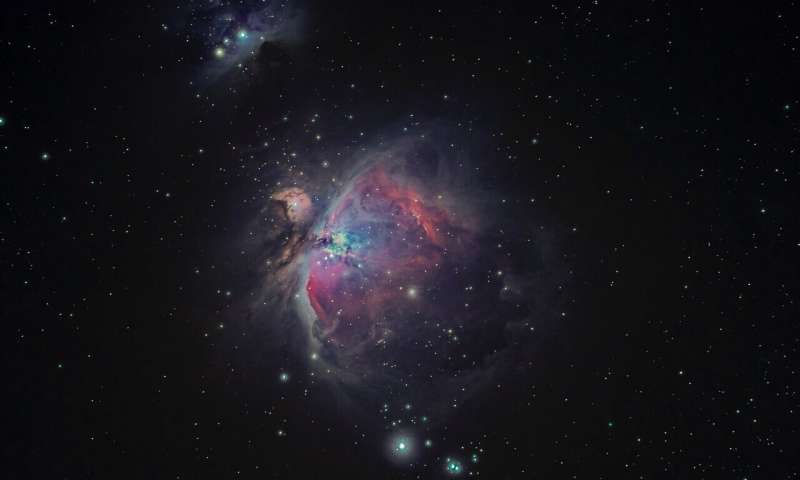HOME
Two planets found orbiting a red dwarf

Red dwarfs are the coolest kind of star. As such, they potentially allow liquid water to exist on planets that are quite close to them. In the search for habitable worlds beyond the borders of our solar system, this is a big advantage: the distance between an exoplanet and its star is a crucial factor for its detection. The closer the two are, the higher the chance that astronomers can detect the planet from Earth.
"But these stars are rather small and emit little light compared to most other stars, such as our Sun," Brice-Olivier Demory, lead author of the study and Professor of Astrophysics at the University of Bern explains. These factors make them challenging to observe in detail. Without the proper instruments, any planets that might orbit them could easily be overlooked—especially terrestrial planets, like Earth, that are comparably small.
One instrument, with which it is possible to study red dwarfs and their planets closely, is the Mexico-based SAINT-EX telescope, co-operated by the NCCR PlanetS. SAINT-EX is an acronym that stands for Search And characterIsatioN of Transiting EXoplanets. The project has been named in honor of Antoine de Saint-Exupéry (Saint-Ex), the famous writer, poet and aviator.
The SAINT-EX Observatory is a fully robotic facility hosting a 1-meter telescope. It is equipped with instrumentation specifically suited to enable high-precision detection of small planets orbiting cool stars. Now, this specialization pays off: earlier this year, the telescope was able to detect two exoplanets orbiting the star TOI-1266, located around 120 light years from Earth. The research, published recently in the journal Astronomy and Astrophysics, provides a first impression of their characteristics.
News Source